Our current research aims to establish the utility of detecting liver progenitors/stem cells (LPSCs) in liver biopsies as a method for diagnosing liver disease. In addition, we are exploring the ability of the method to detect early stages of disease and whether the numbers of LPSCs reflect its severity. This approach is applied to children with cystic fibrosis, to distinguish those who develop liver disease from those without liver complications. We are studying biopsies from NAFLD patients to assess the value of detecting and quantifying LPSCs as an indicator of their condition reported by current tests.
We are using LPSC lines to identify and understand the factors that control their growth and differentiation into cholangiocytes and hepatocytes using both 2D and 3D cell culture models as well as organoids. Many liver diseases are associated with inflammation and fibrosis which causes stiffness; hence we are determining the roles of cytokines and mechanotransduction in regulating the behaviour of LPSCs.
